This post may contain affiliate links.
When we think of self-sufficiency, many of us think big: that we must grow a lot of food to make a difference. But this isn’t true. Growing something as simple as our own herbs is a huge step towards sustainability. Herbs are both fragrant and flavorful. From culinary to medicinal, herbs have many uses.
Whether you are just getting into gardening or want to be more self-sufficient, growing your own fresh herbs is a great place to start. Most herbs are so easy to grow – and delicious. They are a great way for you to start your new herb garden.
You can begin the process in a small space in the kitchen or backyard with some of your favorite herbs. And you don’t necessarily need a green thumb to have a thriving garden.
Here are some simple but practical steps to get you started on your own herb garden.
Benefits of Starting a Herb Garden
There are several benefits to a herd garden, including:
- Having access to fresh herbs (sometimes all year round)
- Dry herbs for winter use
- One step closer to self-sufficiency and sustainability
- Easy to get started (either as seeds, transplants, or cuttings)
- Low maintenance growing
- Amazing fragrances and flowers
Location Matters: Finding the Best Location for Your Growing Needs
Whether you live on a farm or in an apartment, you can have a productive herb garden as long as it is grown in a bright and warm area. You can grow herbs indoors, in pots outside, or your small garden, so choose the best option for you and your space.

Indoor herbs are easy to care for and can be grown year-round. Outdoor potted herbs make the most of the warmer weather and can be brought inside when the weather cools. When planted right in the garden, herbs make excellent companion plants, and you will be rewarded with a huge harvest.
Growing Herbs Indoors
Most herbs grow very well indoors – often requiring less care than your average houseplant.
For an indoor herb garden, the most important considerations are:
- Choosing the right pot: On average, choose a pot that is 20-25cm/8-10 inches in diameter (at least 15cm/6 inches) that is roughly 1/3 the height of the mature plant. Ensure it has sufficient drainage holes so the soil doesn’t become waterlogged and put a drip tray underneath to avoid ruining furniture (but make sure to empty the tray of standing water).
- Using a good growing medium: Many potting soils do not contain any soil at all but are a combination of sand, compost, and other growing mediums. Select peat-free potting soil that has good drainage with quality compost for nutrients.
- Providing enough light: Most herbs will thrive with 6-8 hours of sunlight each day, but the light that filters through a window loses some of its intensity. While your plant might grow well on a bright kitchen windowsill, it will need a bit of supplemental lighting to thrive. Choose a good quality grow light (some of them are very reasonably priced) and keep it on your plant for 12-16 hours a day.
- Water correctly: The most common cause of dying houseplants is overwatering. Most herbs do not need very much water, so the top layer of soil to dry out before watering them again. How often you have to water will depend on your pot size, soil type, temperature, pot type (plastic needs less watering than terracotta pots), and the herb you are growing.
Growing Herbs Outdoors
Herbs will grow very well in pots outdoors and in garden beds. Choose a sunny spot and keep herbs outside during the growing season. In most cases, small pots outdoors require the same care as indoor herbs, except supplemental lighting is unnecessary, and you will have to water more frequently (possibly every day in hot weather).

Aggressively spreading herbs, like mint, are best kept in containers to prevent them from taking over the garden.
Fun tip – You can bury the containers in the soil to make them look like they are growing in the garden.
In the Garden
Herbs make an attractive and low-maintenance outdoor herb garden if you have an outdoor space. Choose a spot with full sun (6-8 hours each day) with loose, well-draining soil and a pH of around 6.5.
If possible, position your herb garden in a convenient location with easy access so you can provide timely care and make harvesting easier.
Herb gardens will grow best with regular watering, but the frequency will depend on the growing conditions in your garden, so check your soil each day and water as needed.
Best Herbs to Begin a Garden
The most important consideration when choosing herbs is to select ones that you will actually use. And you just need to start with a handful of herbs. Remember, they are not all culinary, and some (such as lavender) have a variety of uses around the home.
You should also decide if you want your herb garden design to have perennials (such as chives or mint) that come back every year. You can also opt for annual herbs such as a basil plant and dill to replant each year.
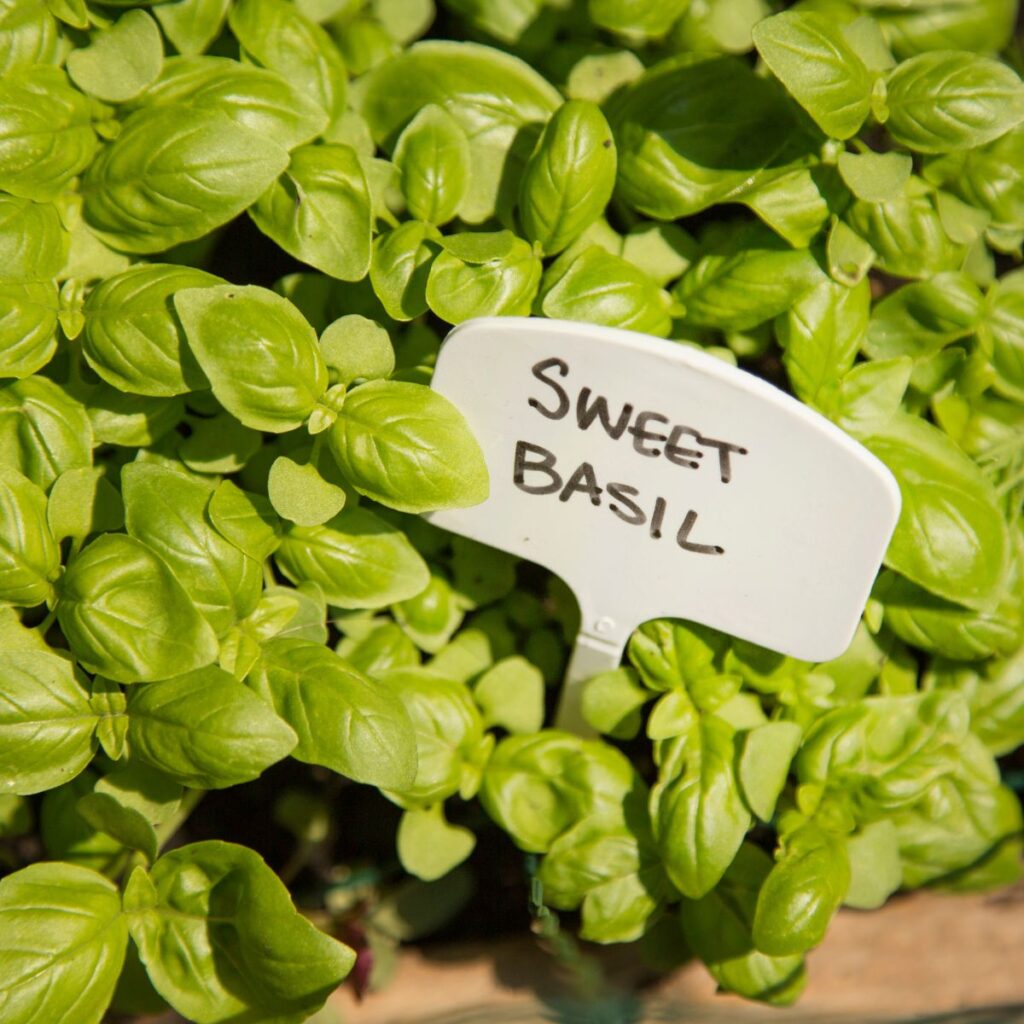
Many perennial herbs are from the hot, dry Mediterranean and will winterkill in cold climates. Even if the herbs will not overwinter in your Zone, you can still grow them as annuals.
Here are some of the best herbs to start your own little herb garden:
- Basil
- Chamomile
- Chives
- Cilantro
- Dill
- Lavender
- Lemon Balm
- Mint
- Oregano
- Parsley
- Sage
- Thyme
Here is a comprehensive list of herbs, their uses, and the best ways to propagate them.
3 Ways to Start Growing Your Herbs
There are three common ways to start herbs for your garden:
Herb Seeds
Some herbs (basil, dill, chamomile, parsley) are easy to grow from seed. Some herb plants like rosemary and oregano are difficult. Check the requirements of the herb you are growing and follow packet instructions carefully.
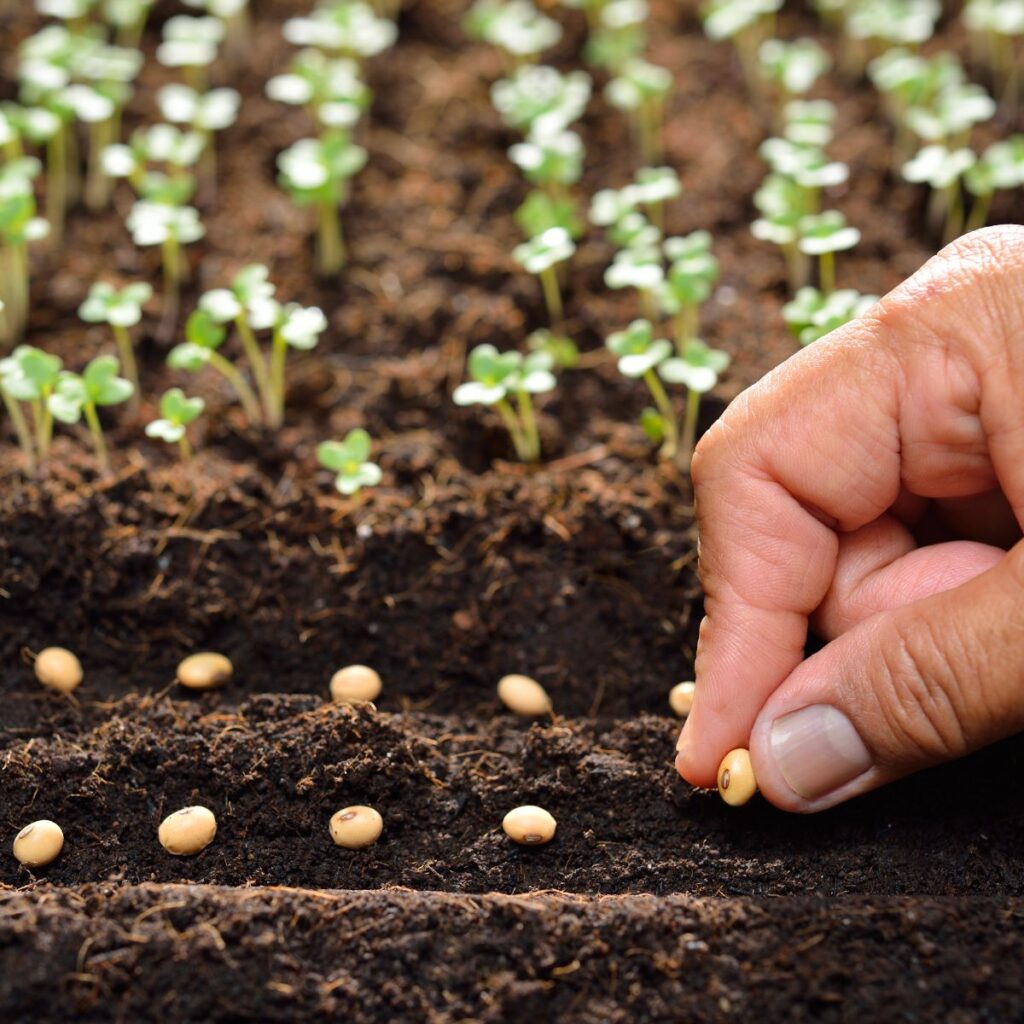
Transplants
Almost all herbs are available from a local nursery, garden center at Home Depot, or even a grocery store. They can be planted right into your garden (after hardening off).

Cuttings
Growing from cuttings is the easiest and most successful propagation method. Stems of basil, oregano, lavender, rosemary, thyme and sage, mint, and others can be placed in water where they will root and can become a new plant.
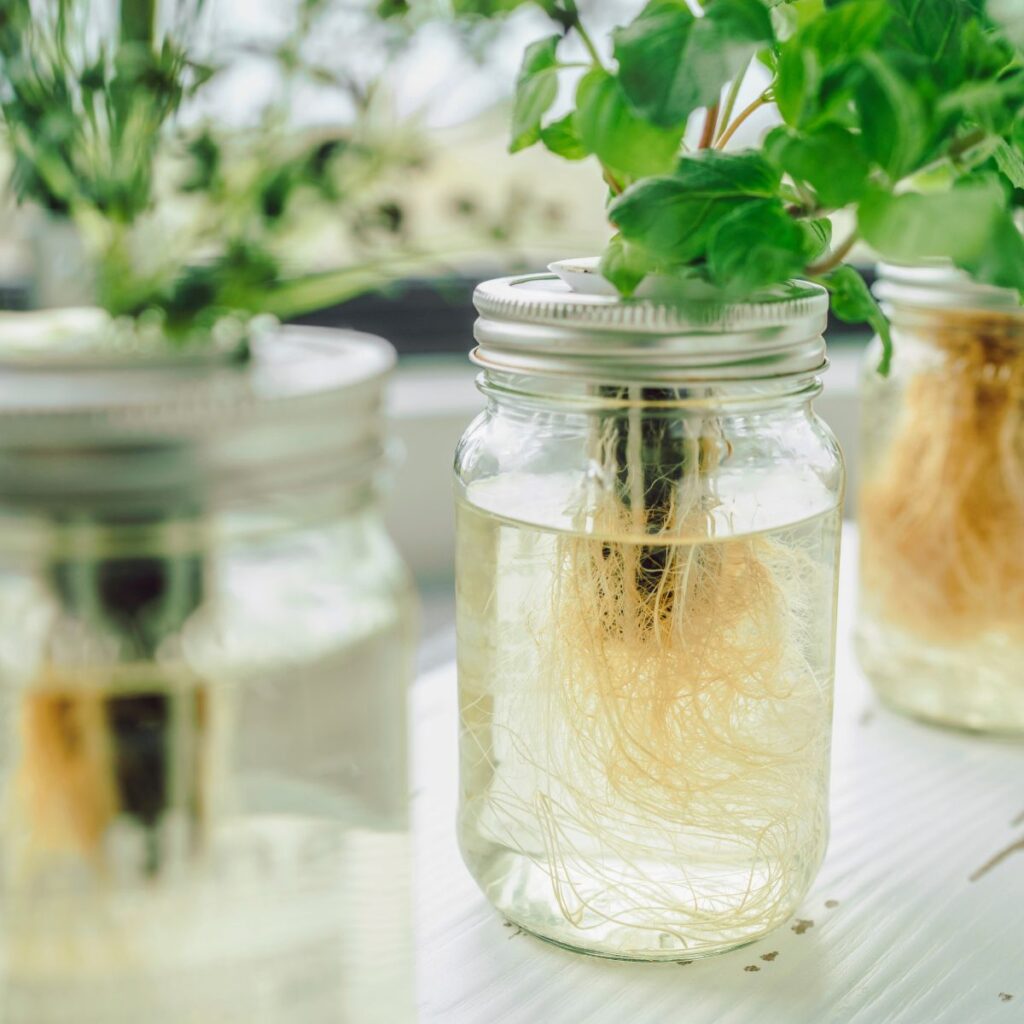
Caring for Your Growing Herbs
Once your herb garden is planted and growing, it only requires watering and weeding. Mulching will help with both.
Water your herbs deeply to encourage strong roots and allow the soil to dry out between waterings. Remember, potted plants will need more watering, so be sure to check all your plants regularly to keep them from drying out.

Keep your herb garden weed-free to ensure strong plants and a bountiful harvest.
Most herbs have low nutrition requirements, so fertilizers are unnecessary. In fact, too much nitrogen causes excessive growth, reducing the oil responsible for scent and flavor. A yearly addition of compost is all that is needed.
Companion Planting for a Thriving Garden
Companion planting can enhance the growth and flavor of your herb. Here are some companion planting ideas for your herb garden:
Basil: Complements tomatoes and peppers and can repel flies and mosquitoes.
Chamomile: Enhances the flavor of neighboring plants and attracts beneficial insects.
Lavender: Repels moths, scents the garden pleasantly, and attracts pollinators.
Mint: Should be planted in containers to avoid spreading but is good near cabbage and tomatoes to repel pests.

Rosemary and Sage: Both are great companions for beans, cabbage, and carrots, and they repel several pests.
Lemongrass: Acts as a natural repellent for mosquitoes and can be grown alongside most herbs.
Thyme: Pairs well with strawberries and can deter cabbage worms.
Harvest Frequently
Pick leaves and stems from your herbs whenever needed. Regularly harvesting many herbs like basil and mint will stimulate bushier, more productive growth, while some herbs, like chamomile, will only allow one harvest.
Allowing your herbs to flower adds beauty to your garden and attracts pollinators and other good insects. However, removing them extends the season and preserves flavor. Consider removing most flower stems to improve your harvest while leaving some to help Mother Nature. Ultimately, Picking off flowers is a matter of personal preference.
Flowering is also essential for some herbs, such as dill or coriander (cilantro), to harvest the seeds.
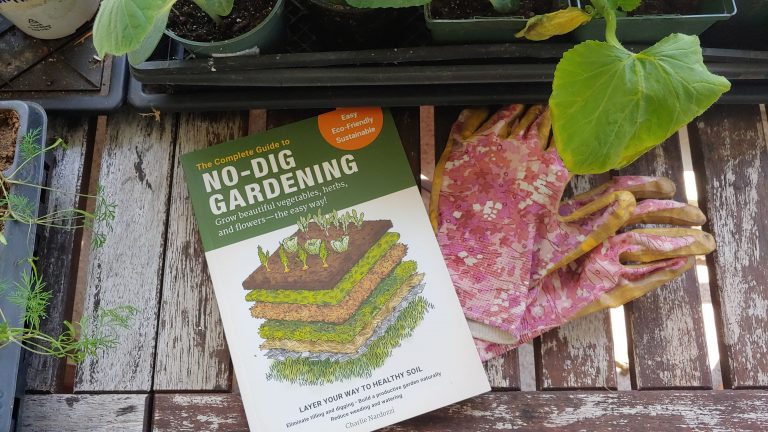
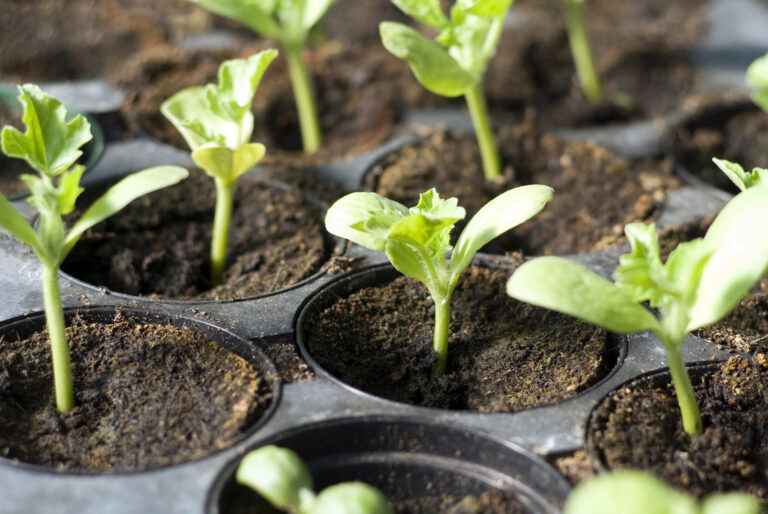
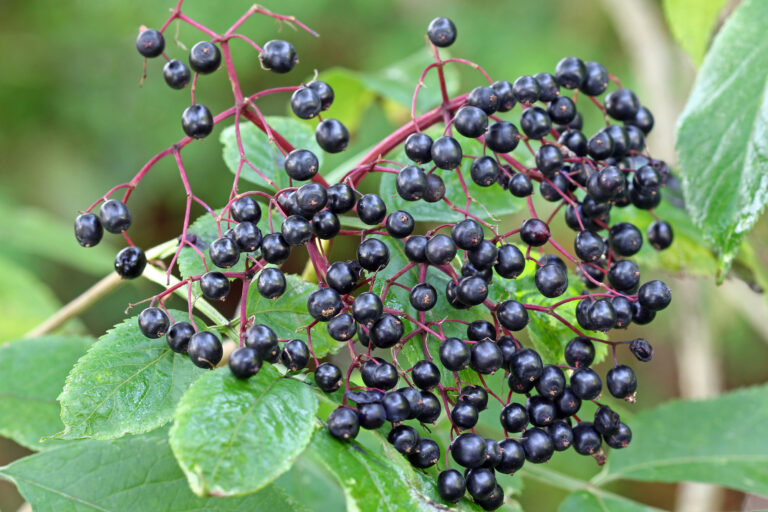

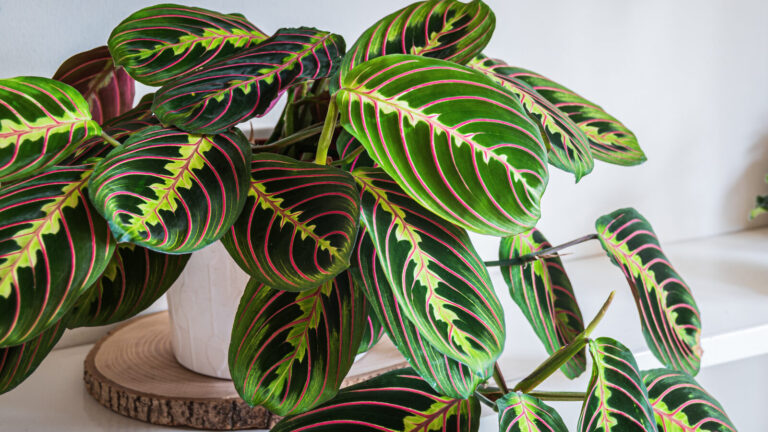
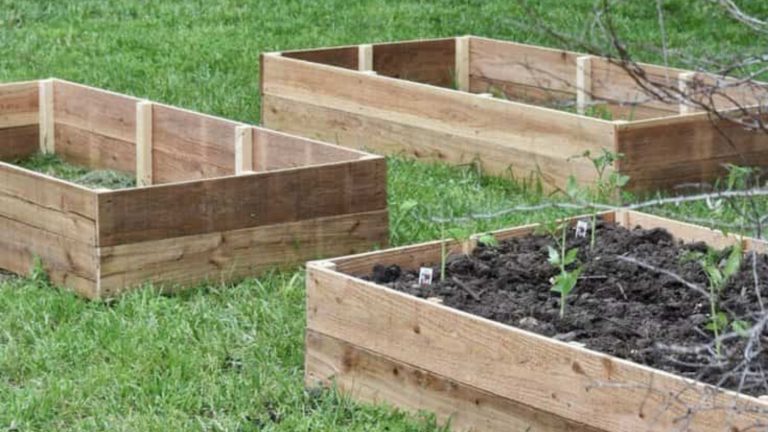
This sounds so delightful! I’m looking forward to trying to garden herbs for the 1st time – thank you!
That’s so wonderful to hear. Good Luck on your journey.
You have inspired me to plant a garden. Thanks
I am delighted to hear that.
Thank you so much! I do not have a green thumb but your advice makes having an herb garden feasible. For years I have wanted one.
You are welcomed. Good luck on your journey.